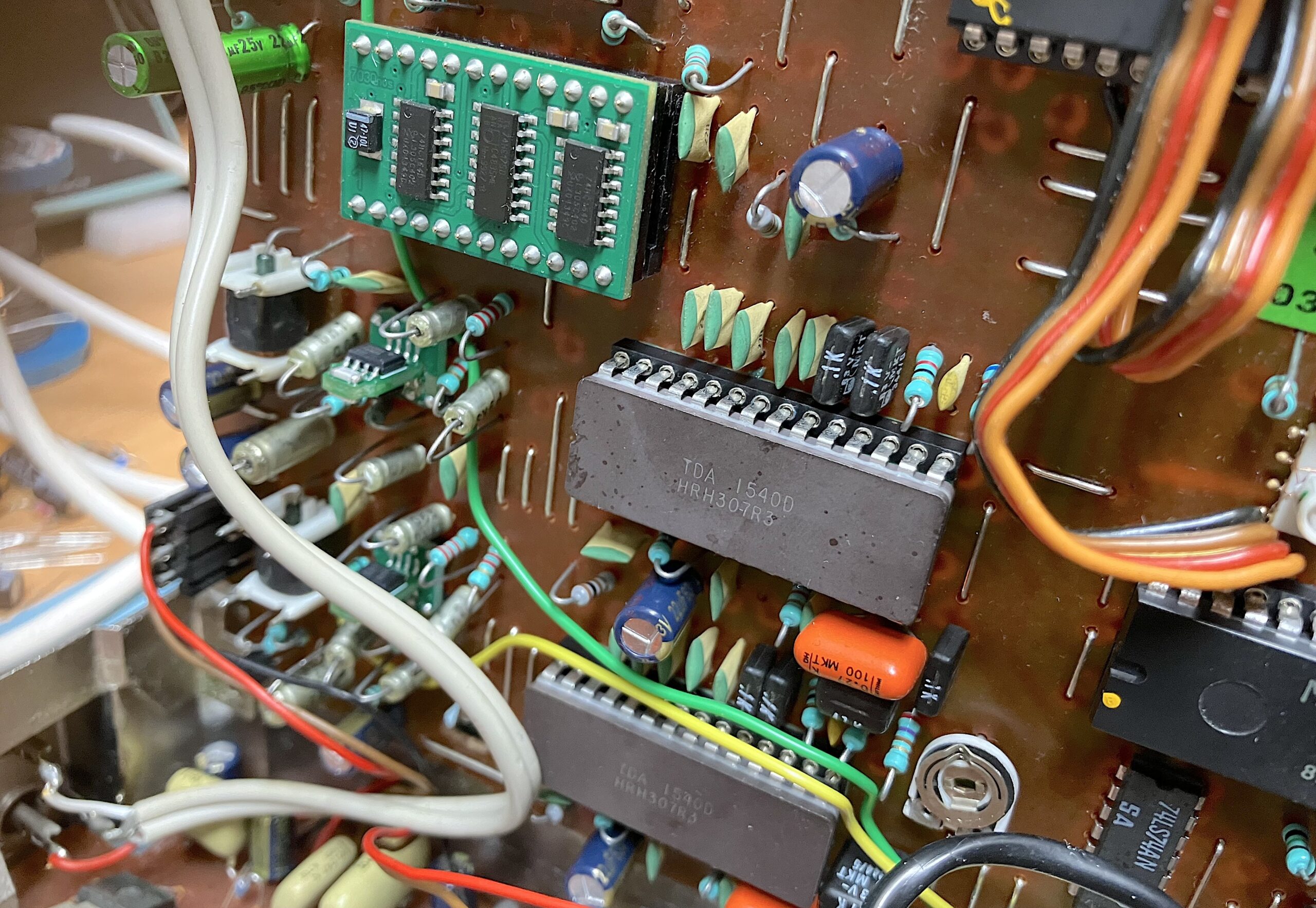CD 100 with Metronom 2 and Measurements
On Request , if i could build in some modifications in a CD 100
- TDA1540 Metronom 2 modules
- 14 Bit attenuated NOS bridge S-type
- NE5532 Replacement AD825 & OPA 604
- Nichicon Muse Bi-Polar Caps 22µf
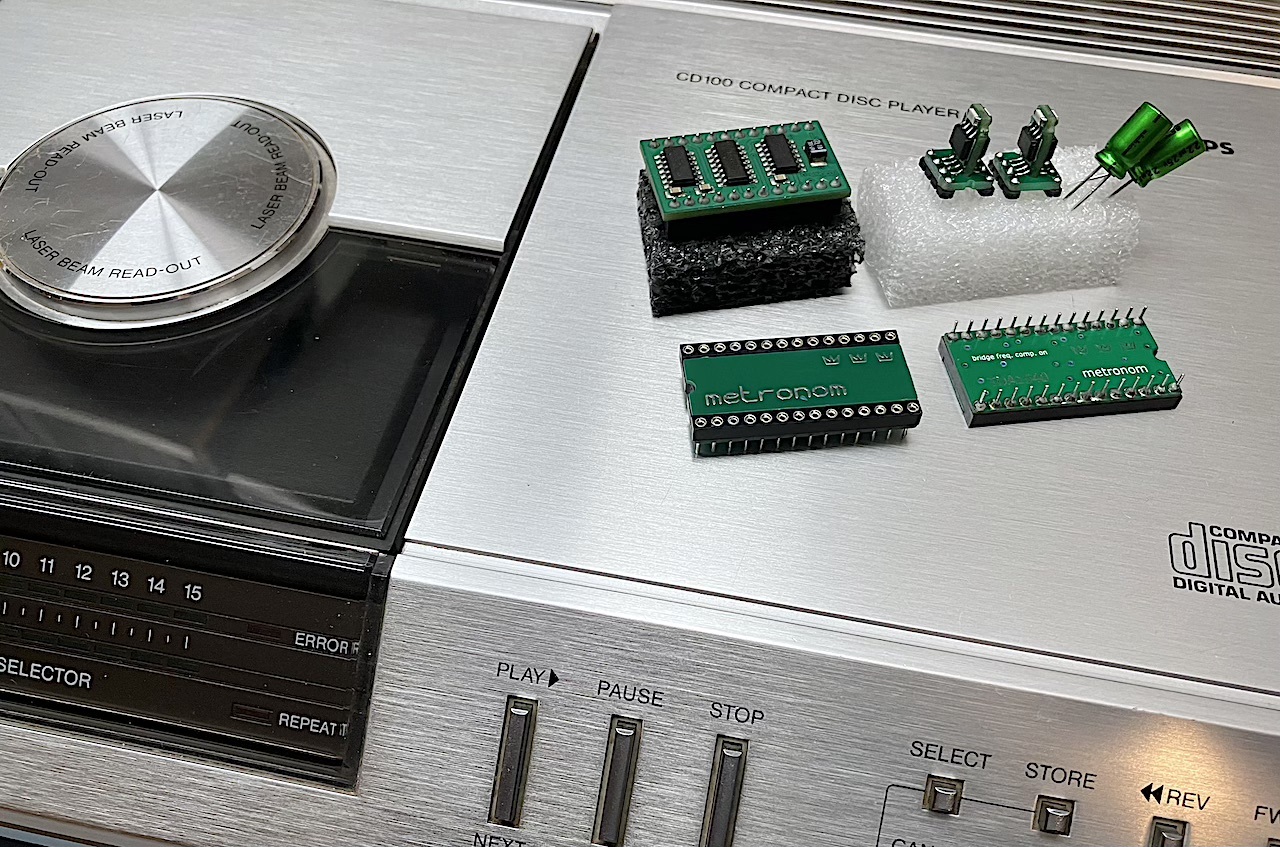
Metronom modules, triple crown ?!
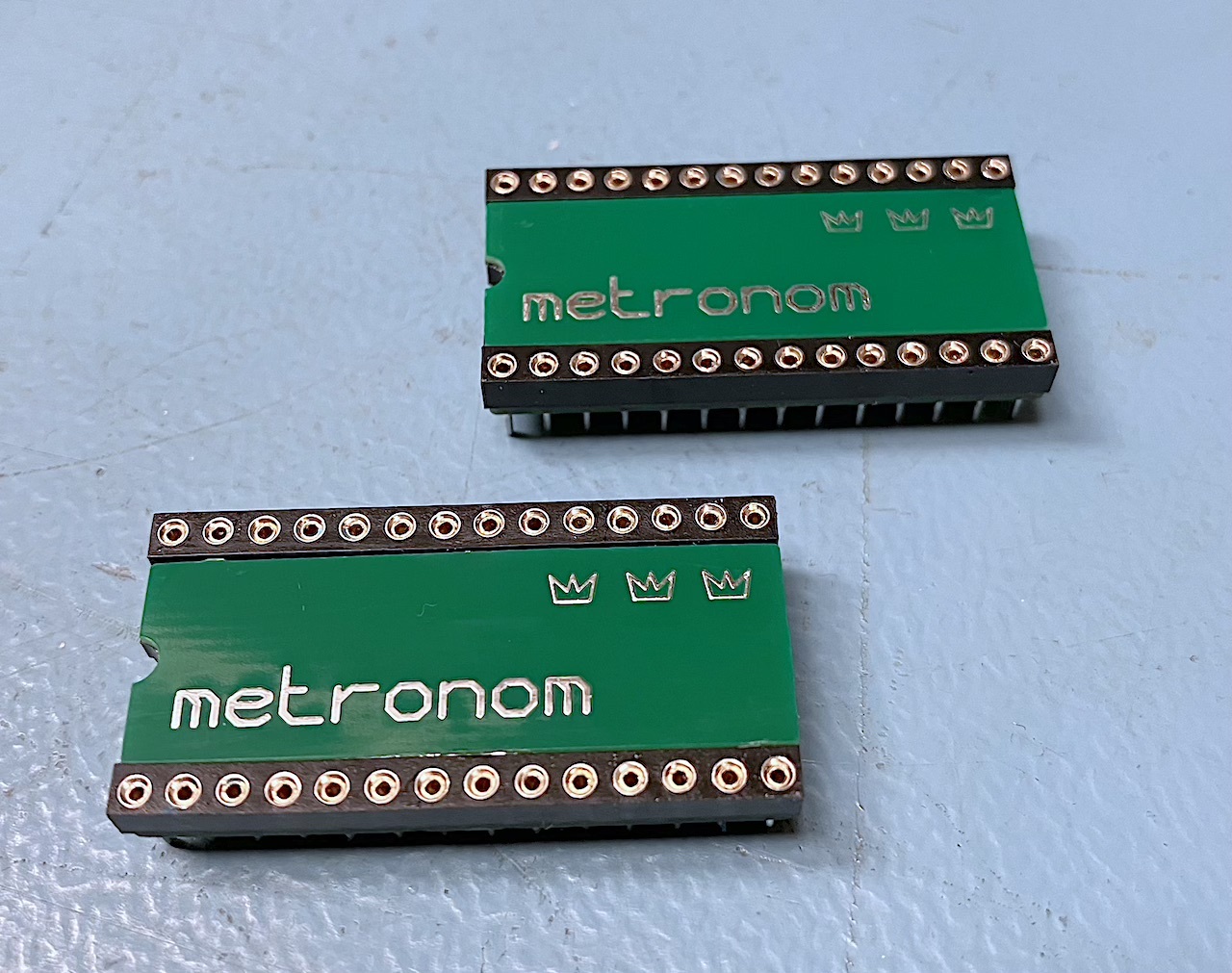
14 Bit attenuated NOS bridge S-type
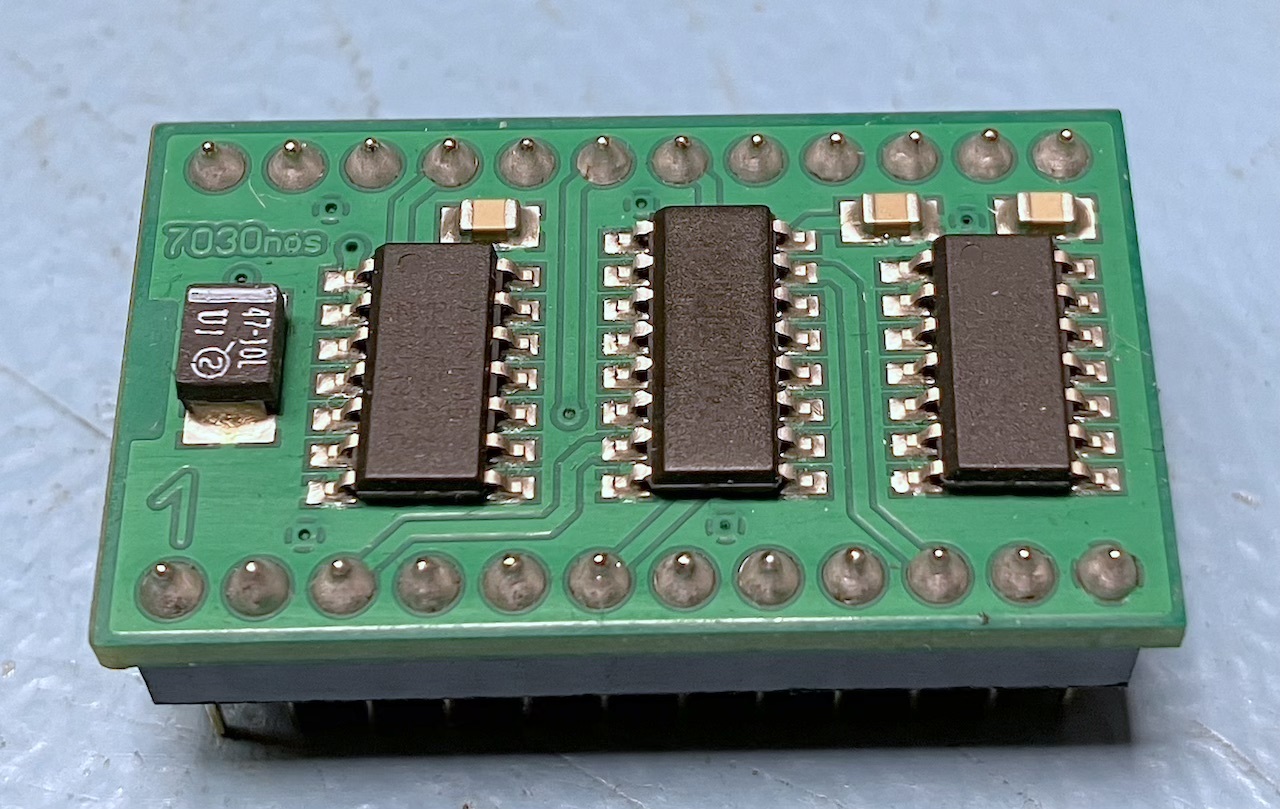
Truncated 16 bits to 14 bits by delaying Left and Right Data 2 Clock Cycles , More information on TDA 1540 NOS – Non Over Sampling
good idea ? Digital-to-analog conversion in playing a Compact Disc
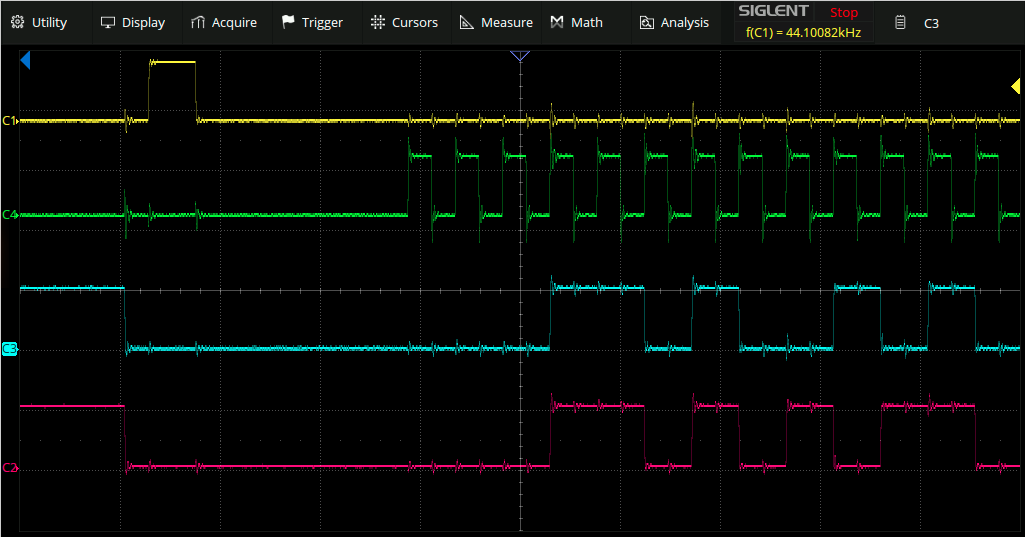
OPA 604 – Datasheet OPA 604
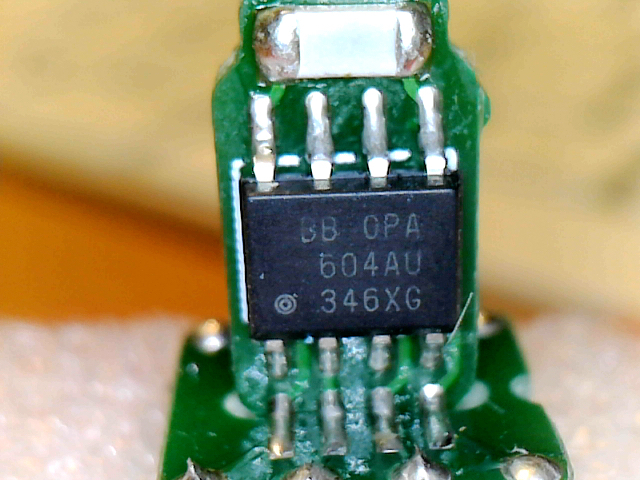
AD 825 – Datasheet – AD 825
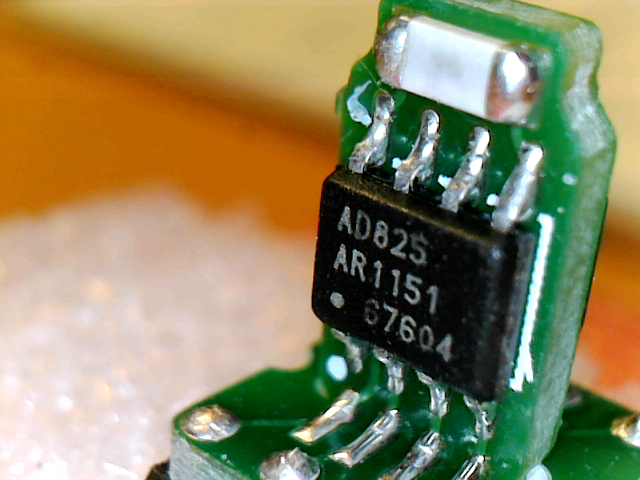
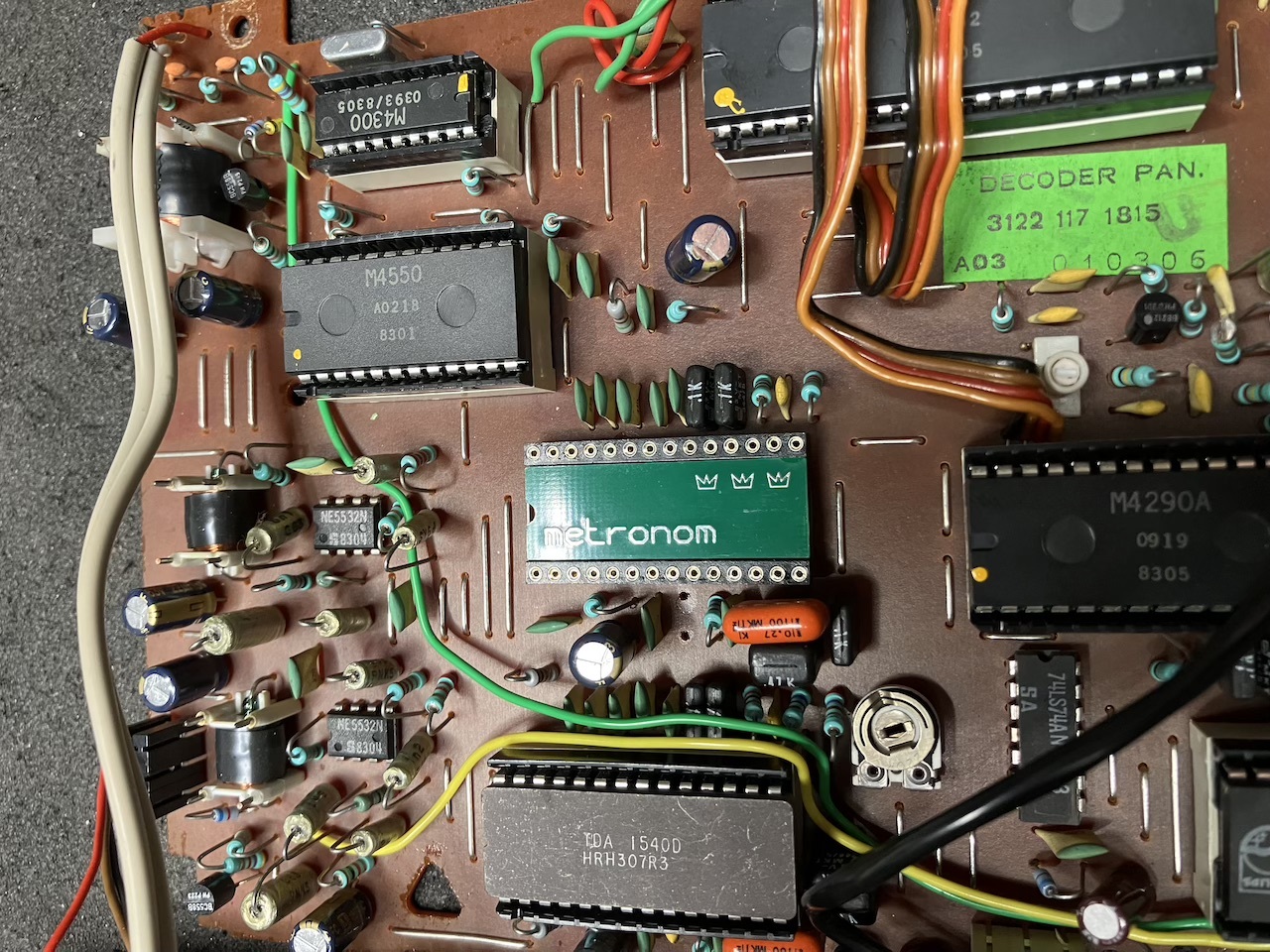
Lets Measure , can we measure difference
Test Disc Used Philips - Audio Signals Disc 1 – SBC 429 CBS Records - CD-1
Articles
Understanding Digital Audio Measurements
Evaluating Electrolytic Capacitors Specified for Audio Use
- Blue – Left channel TDA1540
- Red – Right Channel TDA1540 with Metronom
- CBS Records CD-1 track 1
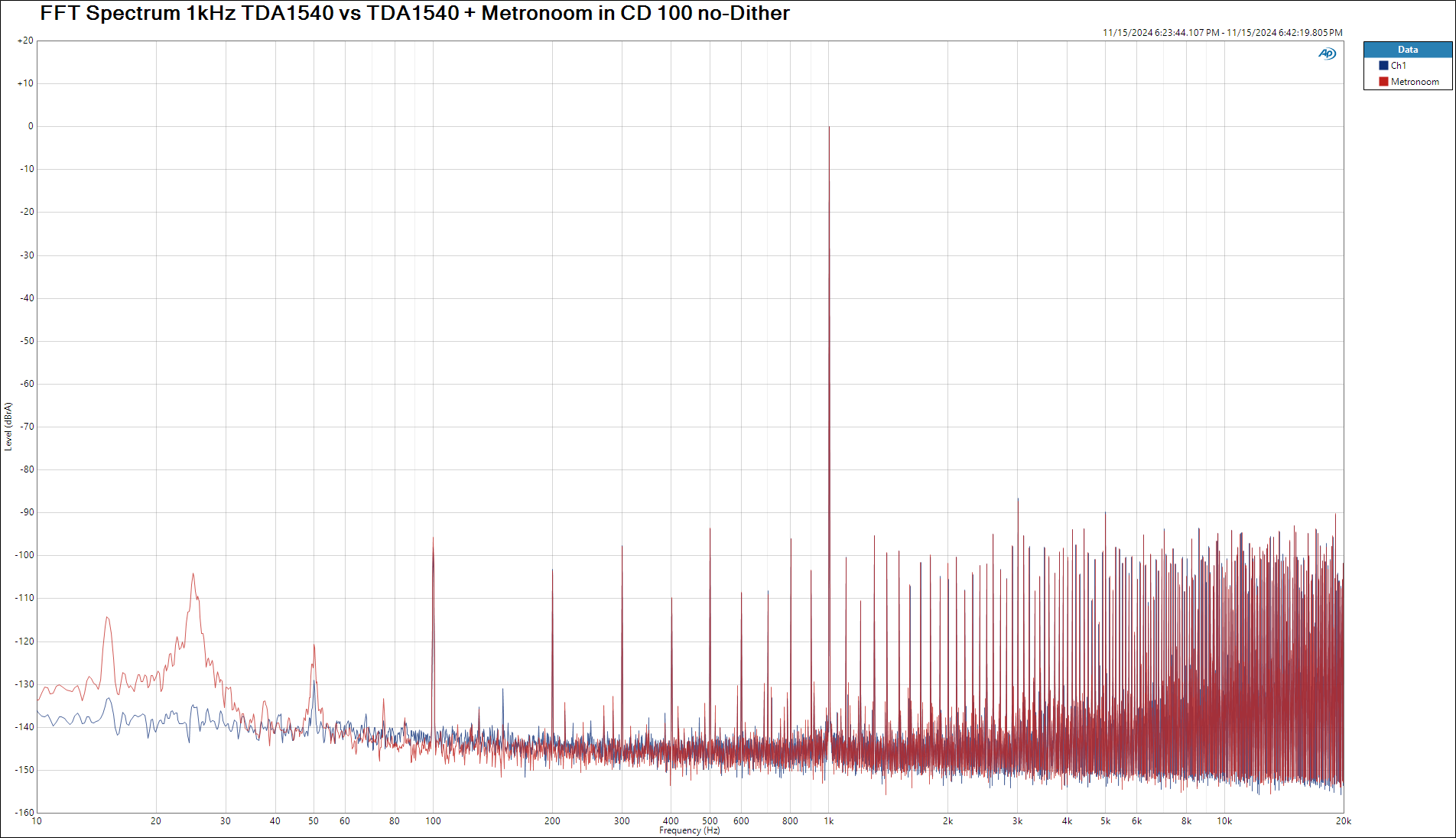
- Red – Left channel TDA1540
- Green – Right Channel TDA1540 with Metronom
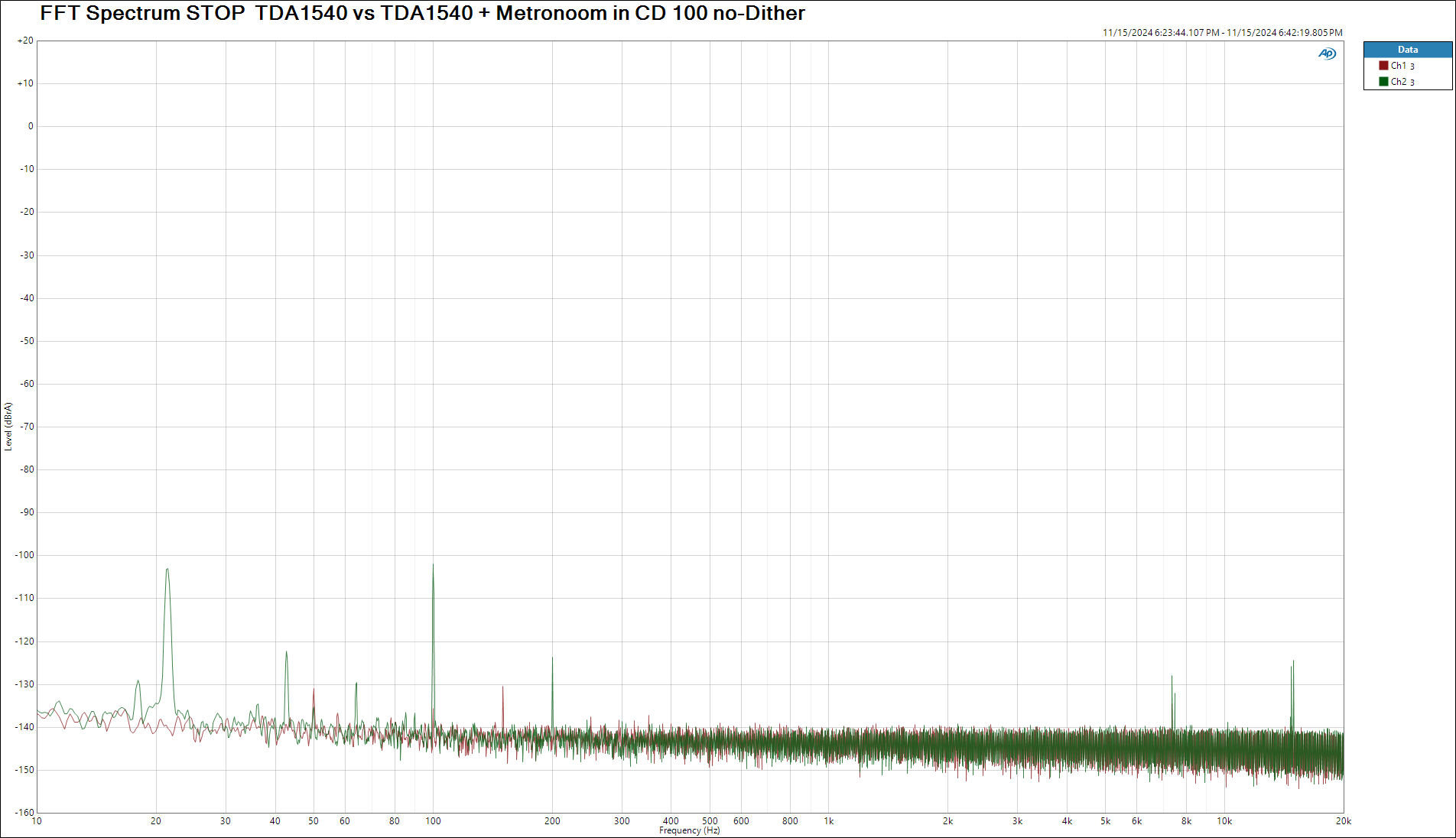
- Red – Left channel TDA1540
- Green – Right Channel TDA1540 with Metronom
- Philips Audio Signals Disc 1 track15
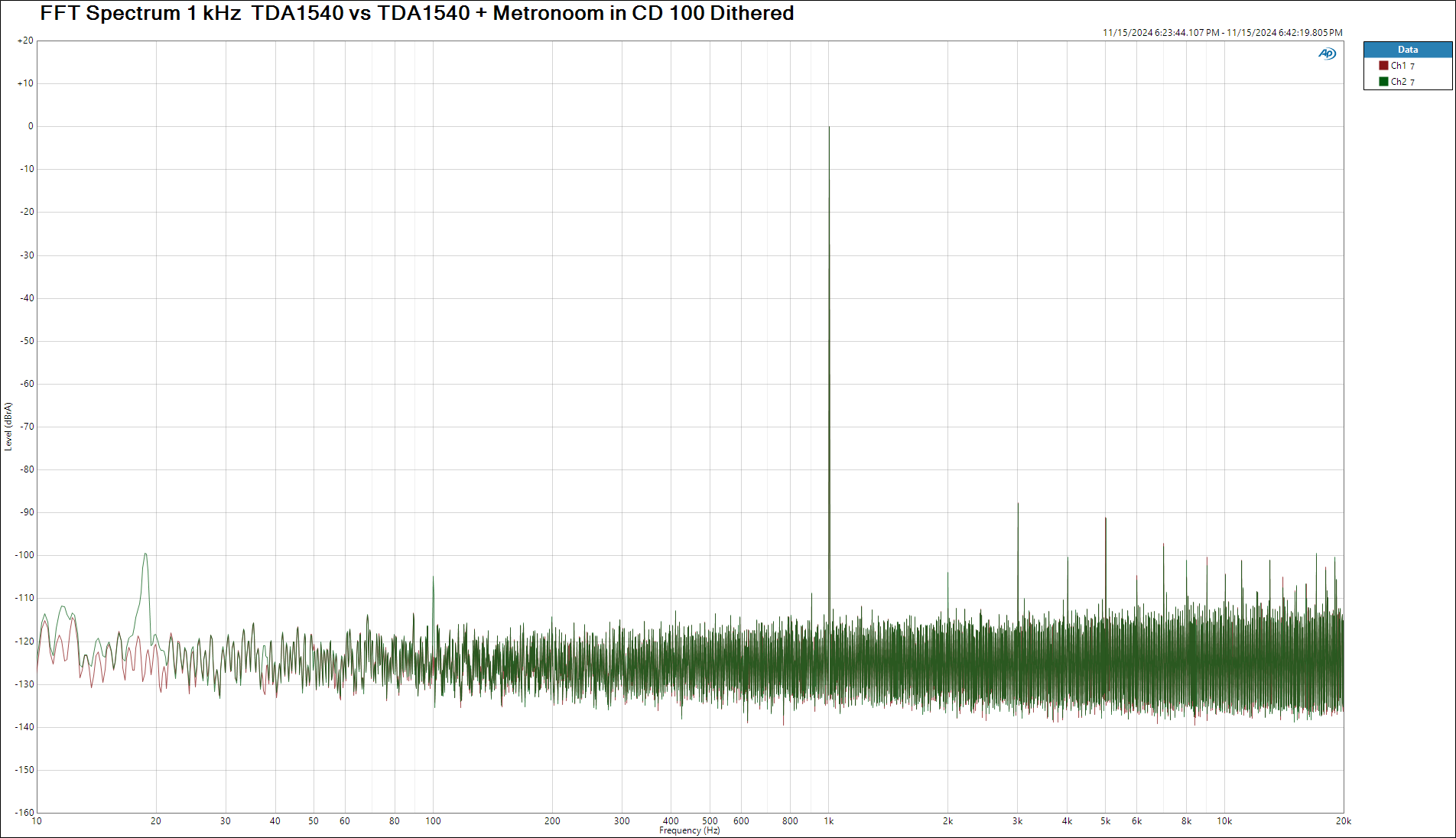
- Blue – Left channel TDA1540 with Metronom
- Red – Right Channel TDA1540 with Metronom
- CBS CD-1 track 1
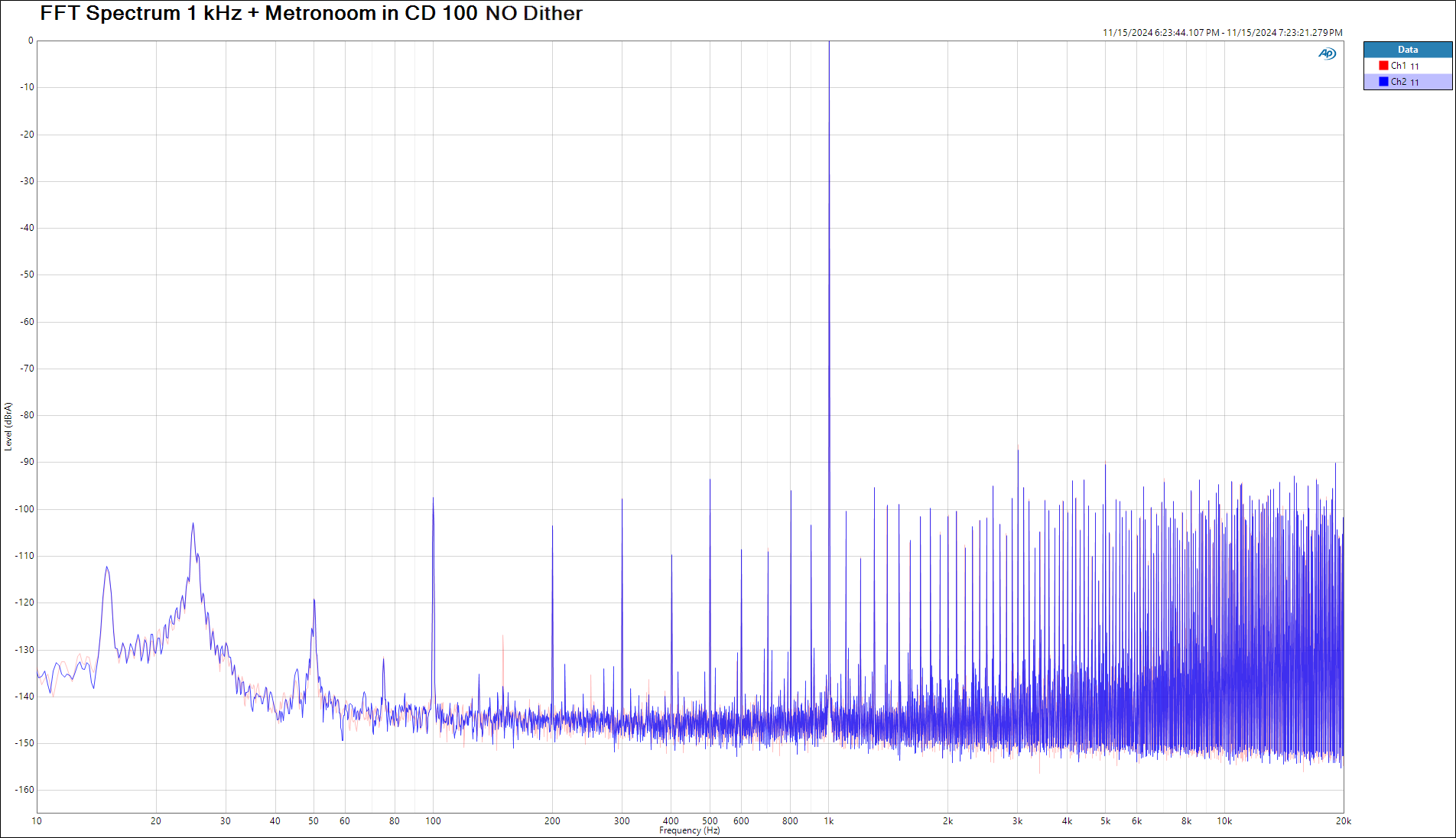
- Blue – Left channel TDA1540 with Metronom
- Red – Right Channel TDA1540 with Metronom
- CBS CD-1 track 1
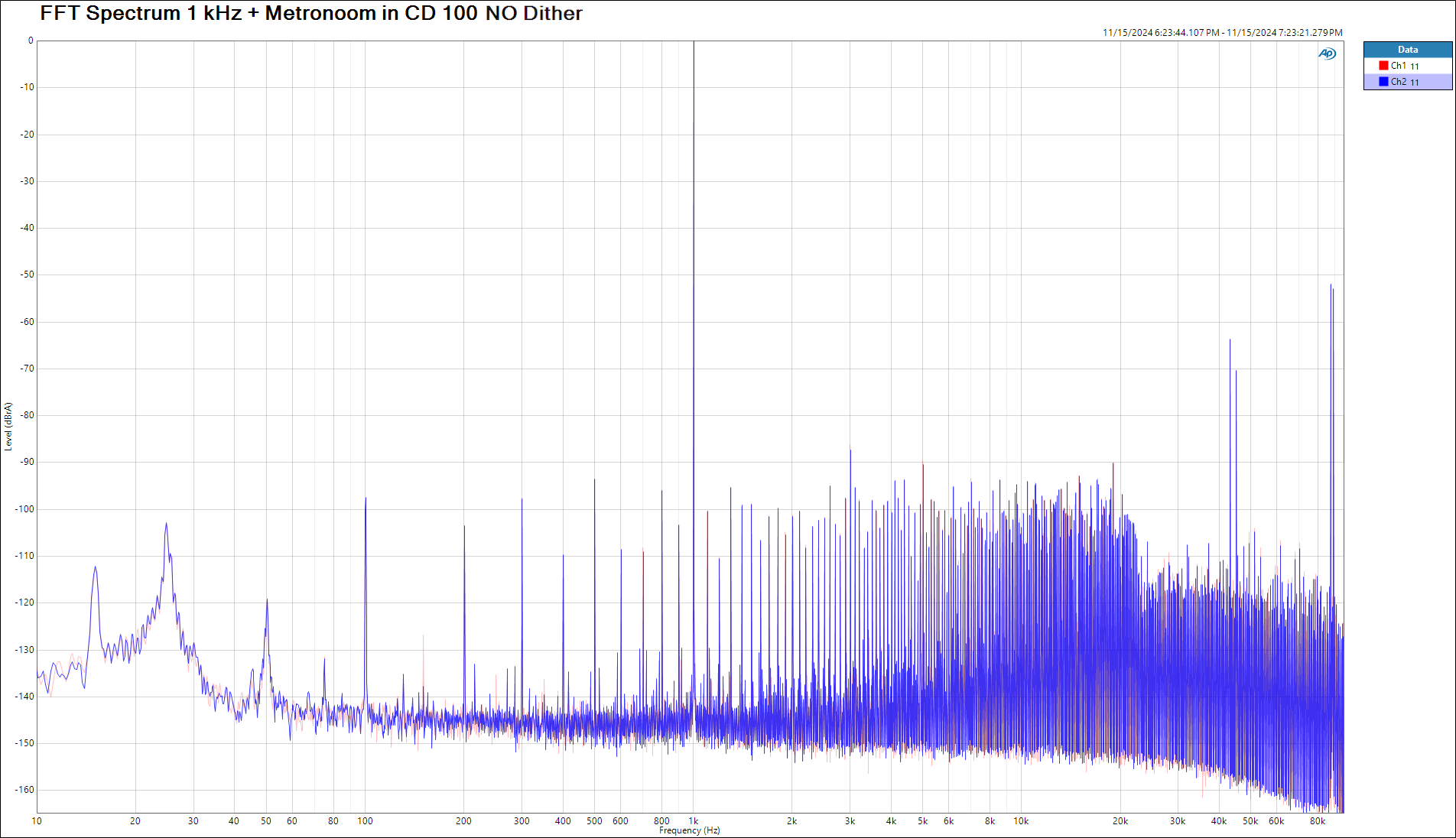
Added NOS module “14 Bit attenuated NOS bridge S-type”

- Blue – Left channel TDA1540 with Metronom + NOS
- Red – Right Channel TDA1540 with Metronom + NOS
- CBS CD-1 track 1
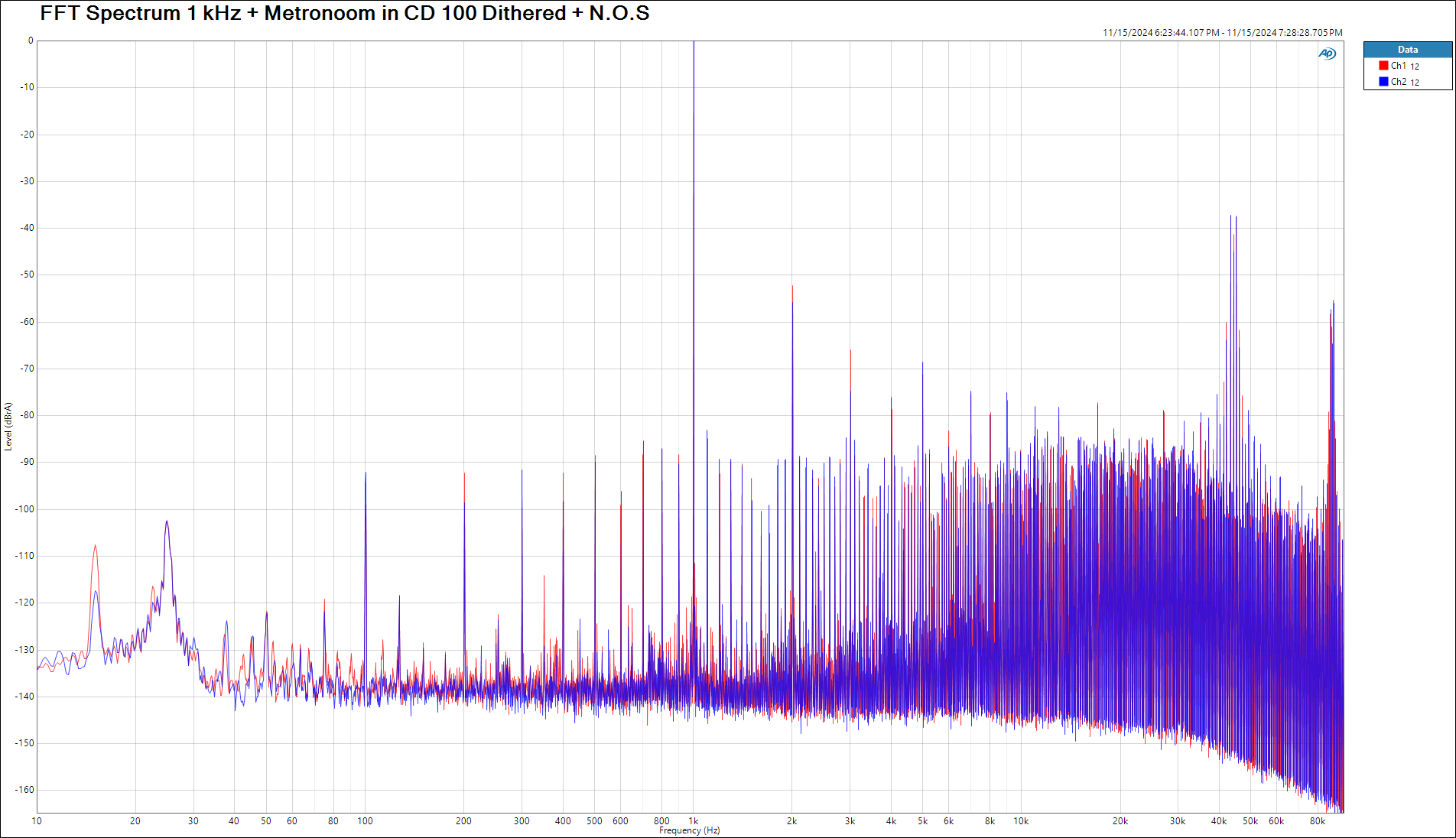
- Blue – Left channel TDA1540 with Metronom + NOS
- Red – Right Channel TDA1540 with Metronom
- Philips Audio Signals Disc 1 track 15
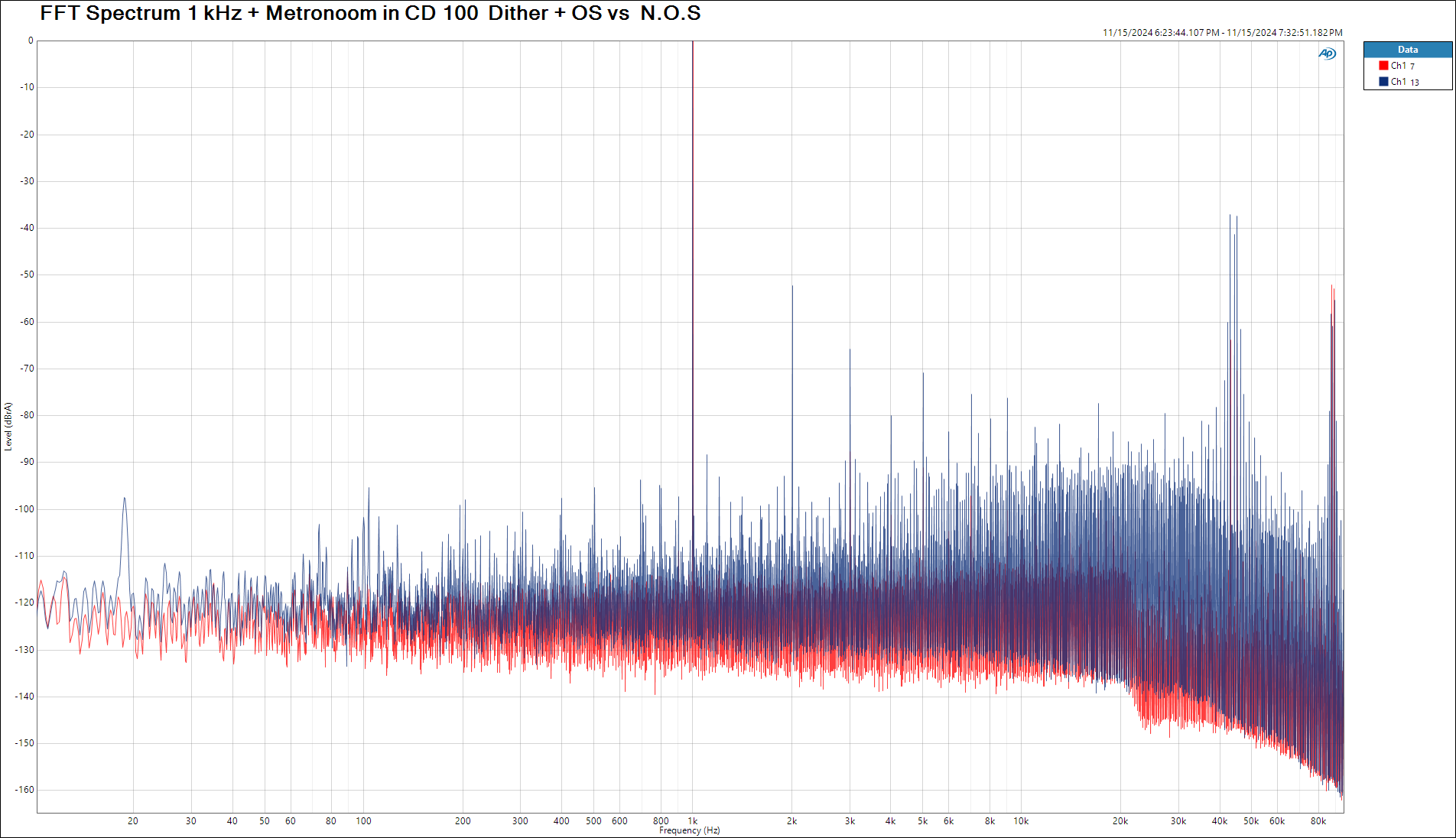
- Blue – Left channel TDA1540 with Metronom + 4 x Over Sampled with Philips SAA7030
- CBS Records CD-1 track 5
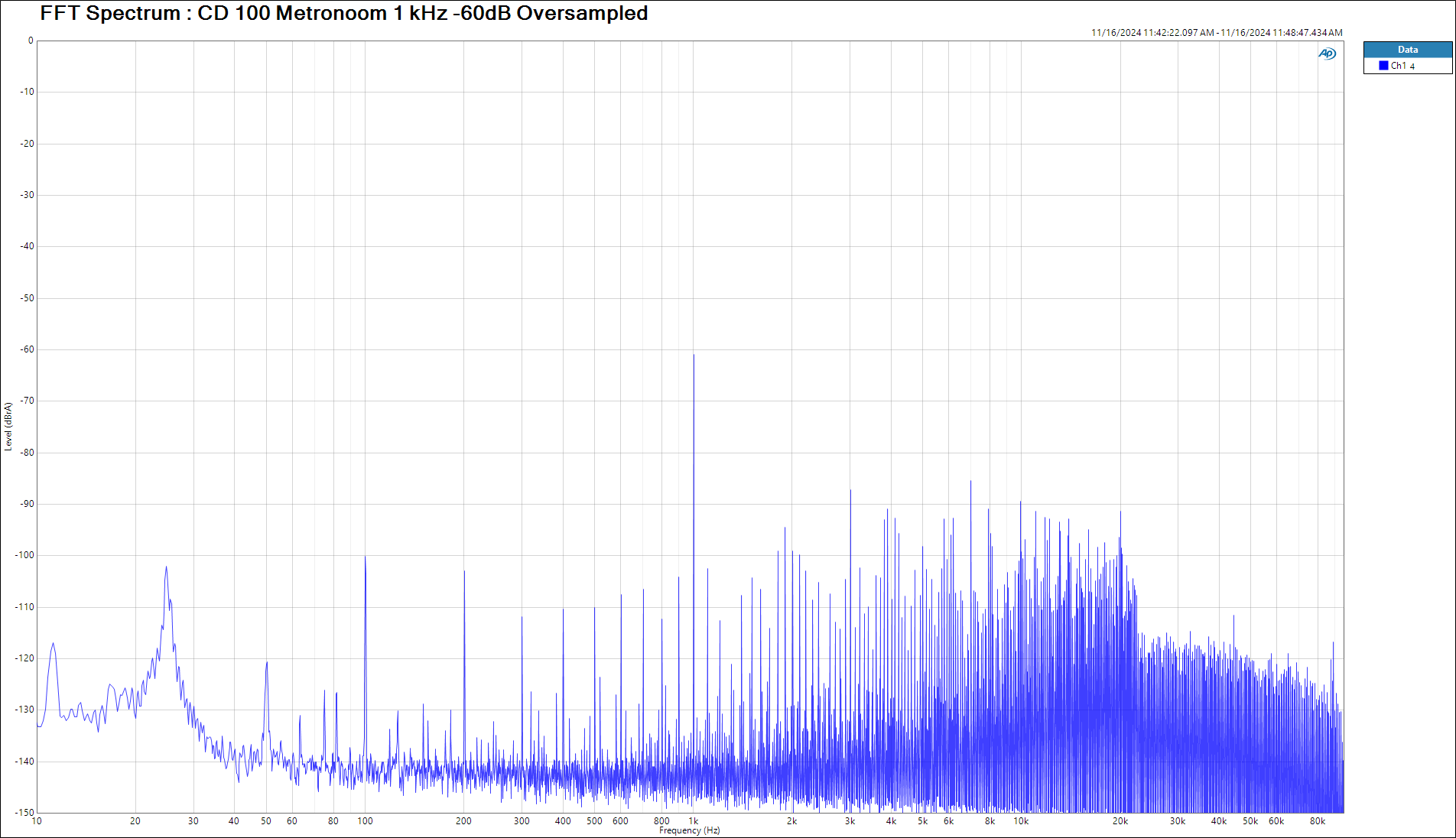
- Blue – Left channel TDA1540 with Metronom + 14 Bit attenuated NOS bridge S-type
- CBS Records CD-1 track 5
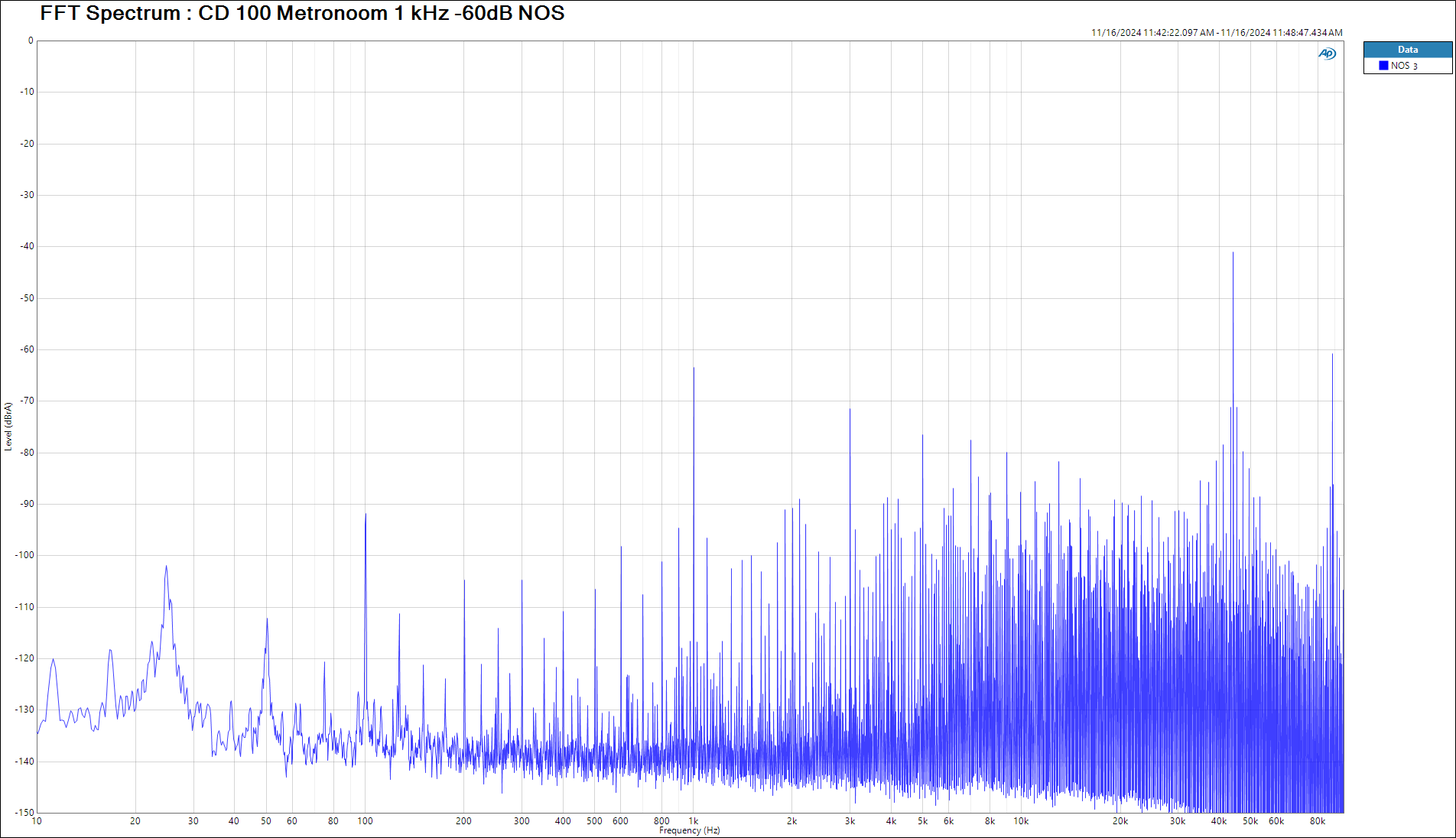
Some information from : https://nanocamp.de / https://dindiki.com/
metronom 2.0 for TDA1540 The metronome-module is used under the TDA1540 converter. • Synchronized oscillators of the TDA1540 • Dynamic correction of the shift register • Frequency compensation of the TDA1540 • Class A operation of the TDA1540
Often various internet modifications, operational amplifiers, superclocks and capacitors are mixed together indiscriminately, this is not recommended. Or plug-in sockets for metronom modules, our attenuated NOS-bridge and also for op-amps are used. This is always connected with disadvantages, because a contact resistance at the plug-in contacts does not remain constant to the amplitude. After a successful upgrade with metronom modules under the analog converter, and an extended test phase, the analog converters can also be soldered in the metronom module.
Some info about OpAmps Modification "The expected result depends on the harmonisation of the individual components in the appliance. Our components are selected to work together. If individual points are omitted or disregarded, you will not achieve the intended result. - solder all components firmly in place and do not use plug-in sockets. - this also means for audio operational amplifiers, do not use sockets. - Do not increase the capacitance values (F) of the capacitor values calculated by the manufacturer. - favour powerful ultra-fast soft-recovery or Shottky rectifier diodes - remove any film capacitors connected in parallel to the new diodes. - Do not install film capacitors in parallel with the primary charging capacitors in the power supply unit. - the improvement on TDA1540 and TDA1541 converters depends to a large extent on the metronome sockets installed under these converters. - avoid a significantly higher sampling rate than twice the frequency of the audio tape in streaming applications, this has no advantage and requires the introduction of dither in digital mastering to conceal re-quantisation noise (not quantisation noise). - the recording time of the components used together is 100 hours."
shottky rectifier diodes
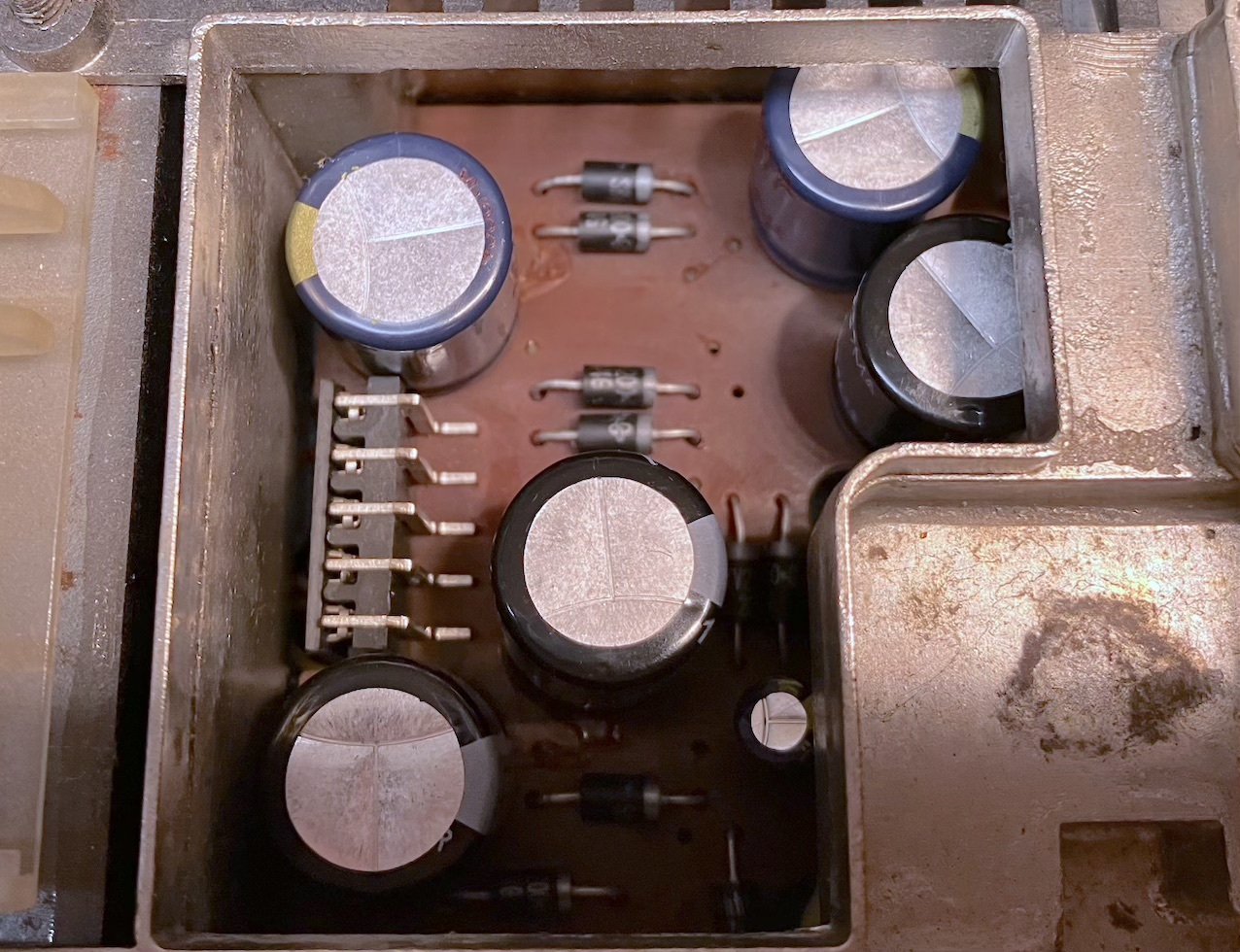
All Modifications
